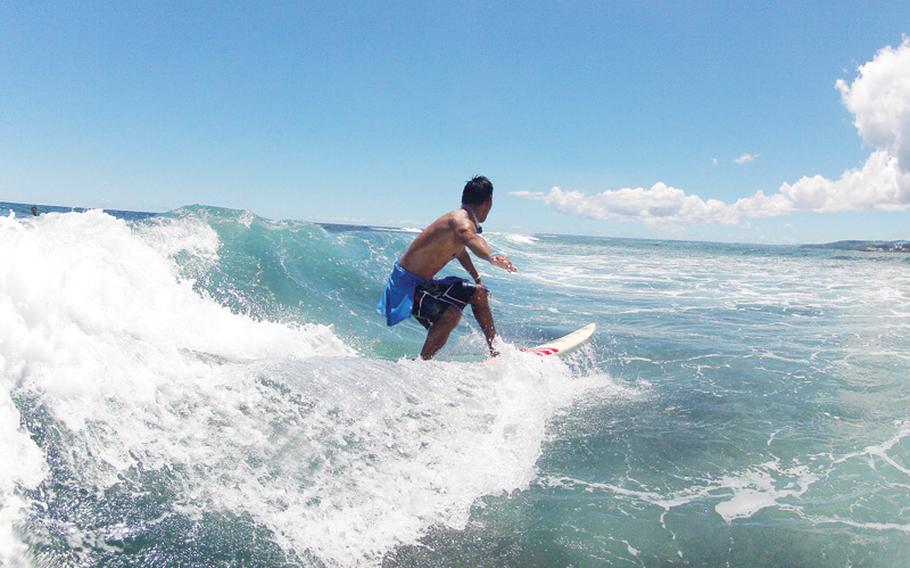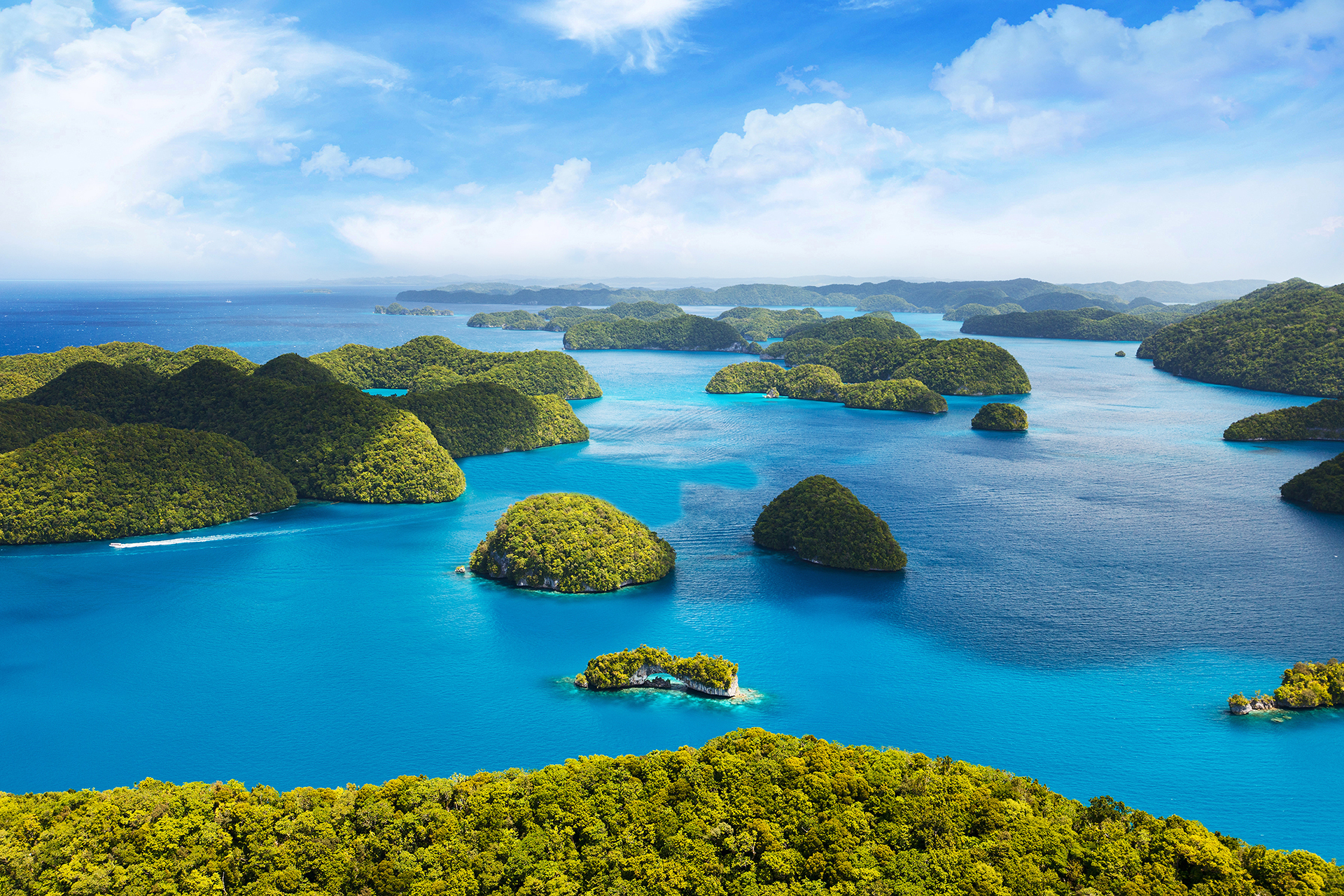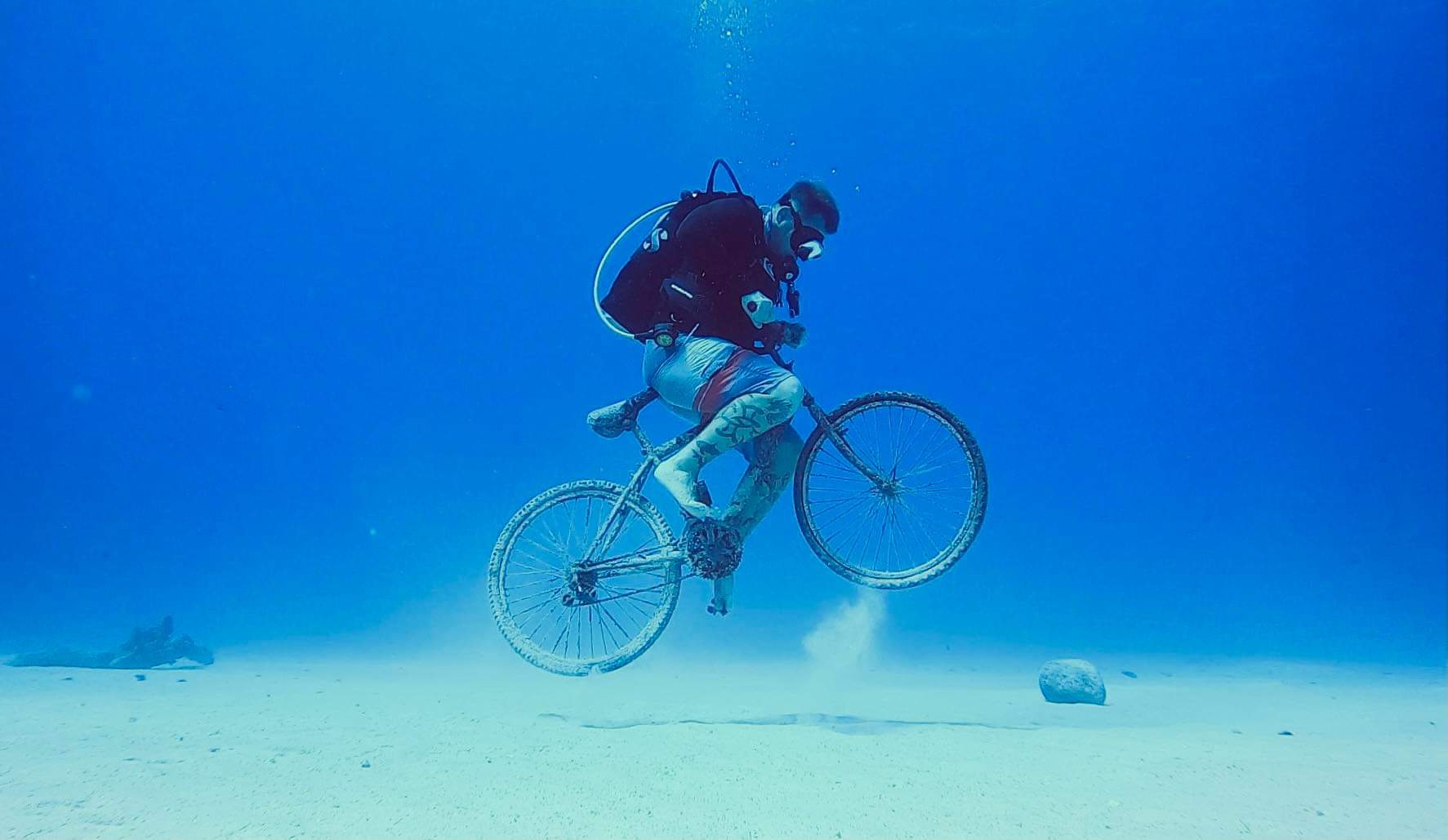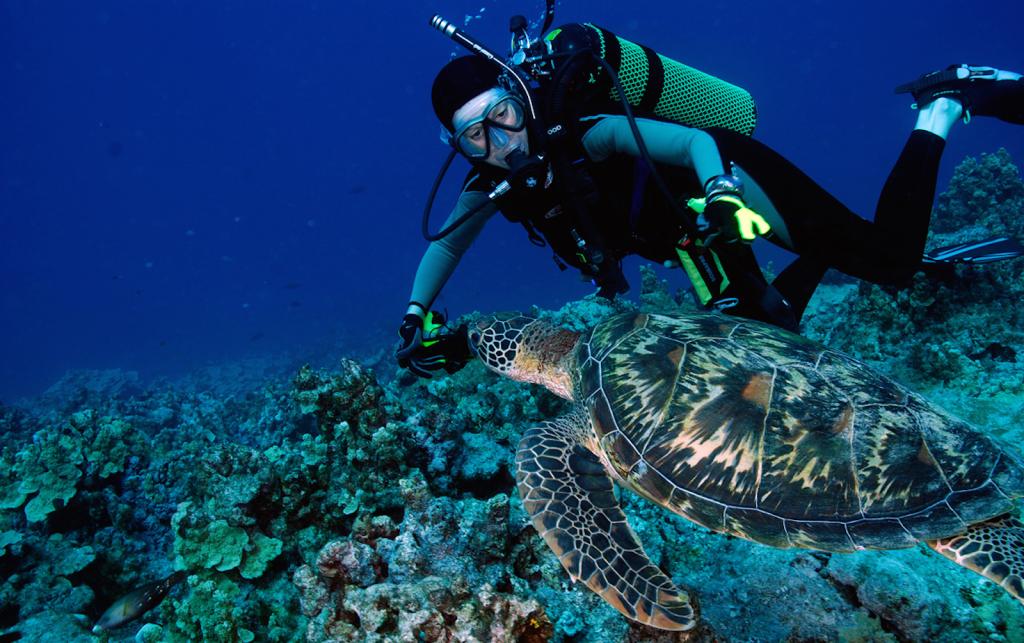
Story by Timothy Peterson. Photos by Ernie Collier, seawallart.com.
“AS MUCH AS I WOULD LIKE TO PUT ON MY GEAR, GO INTO THE WATER, AND PULL OUT BEAUTIFUL PICTURES, THAT IS PRETTY MUCH A FANTASY.”
Guam resident Ernie Collier is a pilot for United Airlines with a passion for diving and underwater photography. He shares his striking photos from the deep as well as techniques to capture the beauty of the wet world below. His collection of underwater photography can be viewed at seawallart.com.

Q: When did you get interested in diving and taking photographs?
A: “I started at eleven and moved to certification. I guess it would probably date back to late 1960s. My parents were scuba divers when the sport was really in its infancy. l looked at pictures in National Geographic and Skin Diver magazine and was so interested in taking pictures that I got my diver’s certification as soon as I could. My mother worked at the Florida agriculture research station. When she found out that I was on the way, she handed that job over to her sister and eventually my aunt worked there for decades. I grew up in a dark room developing and processing black and white film.
“I became a semiprofessional photographer myself doing portraits and weddings. That was the stuff that actually made money. The underwater stuff started out as getting housings for instamatic cameras, which really produced crude results — nothing like what I was looking at in National Geographic.”
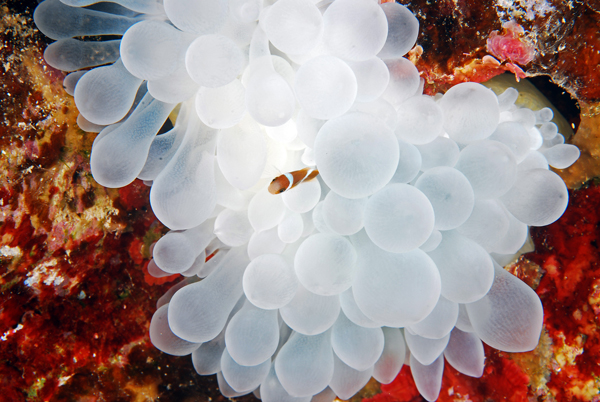
Q: How did you learn your technique?
A: “Well, I think that to be a good wildlife photographer you have got to know the mechanics and understand lighting. You can take courses, but the person has to develop their own eye. Learning mechanics may get you sharp photos that no one ever wants to look at. So you have to start paying attention to what you like when it comes to composing photographs. You have to notice the little nuances that are special to you when you look at them.
“Practice that until you turn out pleasing results above water before you ever start water proofing your camera. Same things apply under as on the surface with a few differences. For the most part, if you can compose photos above, you should also be able to compose under.”
Q: Can you give some technical or composition tips?
A: “What you see through your viewfinder is great to have as a reference. I can’t think ‘composition’ when I look through the viewfinder. As much as I would like to put on my gear, go into the water and pull out beautiful pictures, that is pretty much a fantasy. Any photographer that works for any of the glossy magazines would tell you to take a million pictures and one of them is going to be publishing quality. Because you are taking pictures of things that do not want their picture taken and are not going to cooperate with you, you can’t do the one thing that a photographer can do above water — carry different cameras with different lenses. That would be too bulky for a scuba diver because of the clumsiness of carrying housings around. Your camera doesn’t allow for changing lenses.”
Q: What kind of equipment do you use?
A: “I have two different lenses that I use — one for wide angle and one for close-ups. I take a trip to look for little stuff, specifically for little shrimp, small fish, and inevitably the decision to go close-up is when the whale shark shows up and all your equipment is set up for small stuff. If I know I am going to an area frequented by shark manta ray or turtles, I take my wide-angle lens.”
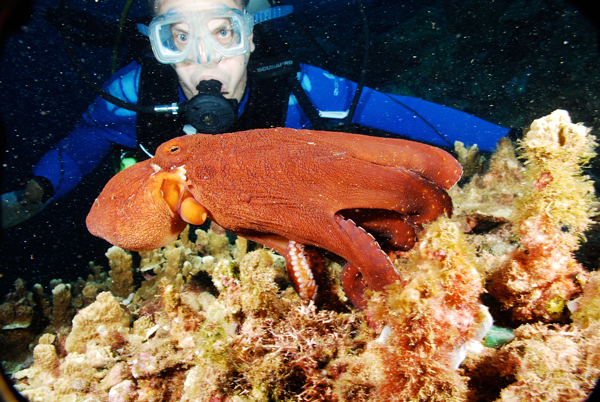
Q: What’s best for beginner, intermediate, and advanced shooters?
A: “If what you have in your mind is that you are not going to be happy until you take a photo that rivals what you see in Skin Diver magazine or National Geographic, than get ready to spend more on your photographic equipment than you did on your car. If amateur quality is satisfactory to you and you want to take some snap shots of your diving buddy, then any point-and-shoot digital camera is fine; they make housings for all of them. For underwater photography to get any color other than blue, you will have to take your own sunlight with you. As soon as sunlight hits the water it refracts, so most film and digital cameras will only render a blue photograph with an image in it. So, closer to the surface the refraction is less, so your yellows and reds and oranges are clearer but even those will be dulled. So, most people, within a week will be done with it because they didn’t get the results they had in mind.
“Advanced shooters might use filters to correct minor color, but they will not produce daylight-like results. On my camera I have as much invested in my lights as I did in the camera and the housing that protects it. The flash units I have and the ones that are used by professionals are only good for about four feet away. Anything beyond four or five feet from the camera is going to have that blue tint to it. This is more natural, more like what your eye would see anyway.
“Land cameras work under water as most of them can be put into a case. Manufacturers that do this are Ikelite, based in Indiana — they make housing for most models of point and shoot all the away to the digital SLRs, single lens reflex cameras.”
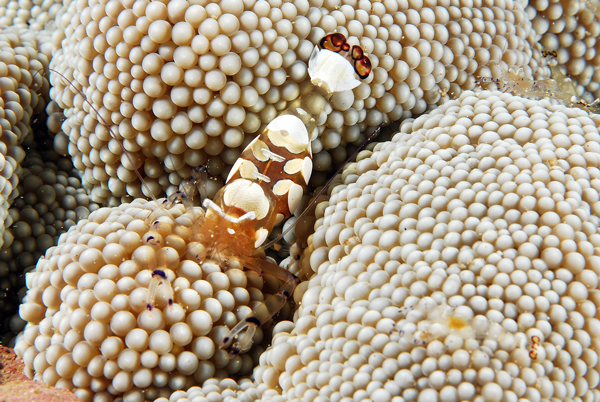
Q: What local shops have this equipment?
A: “The thing of it is, you need to have a working knowledge. I would recommend subscribing to magazines to get a lot of exposure to what is available. B&H has a catalog as thick as a big city phone book.”
Q: What are the best dive/photo locations on Guam and in CNMI?
A: “Do your photography near the dive store in Piti. Other places would be Gun beach, but there are also good spots near Meritzo. What they call ‘Billy Bay’ is a good site. Gab-Gab is an excellent location for underwater photography.”








